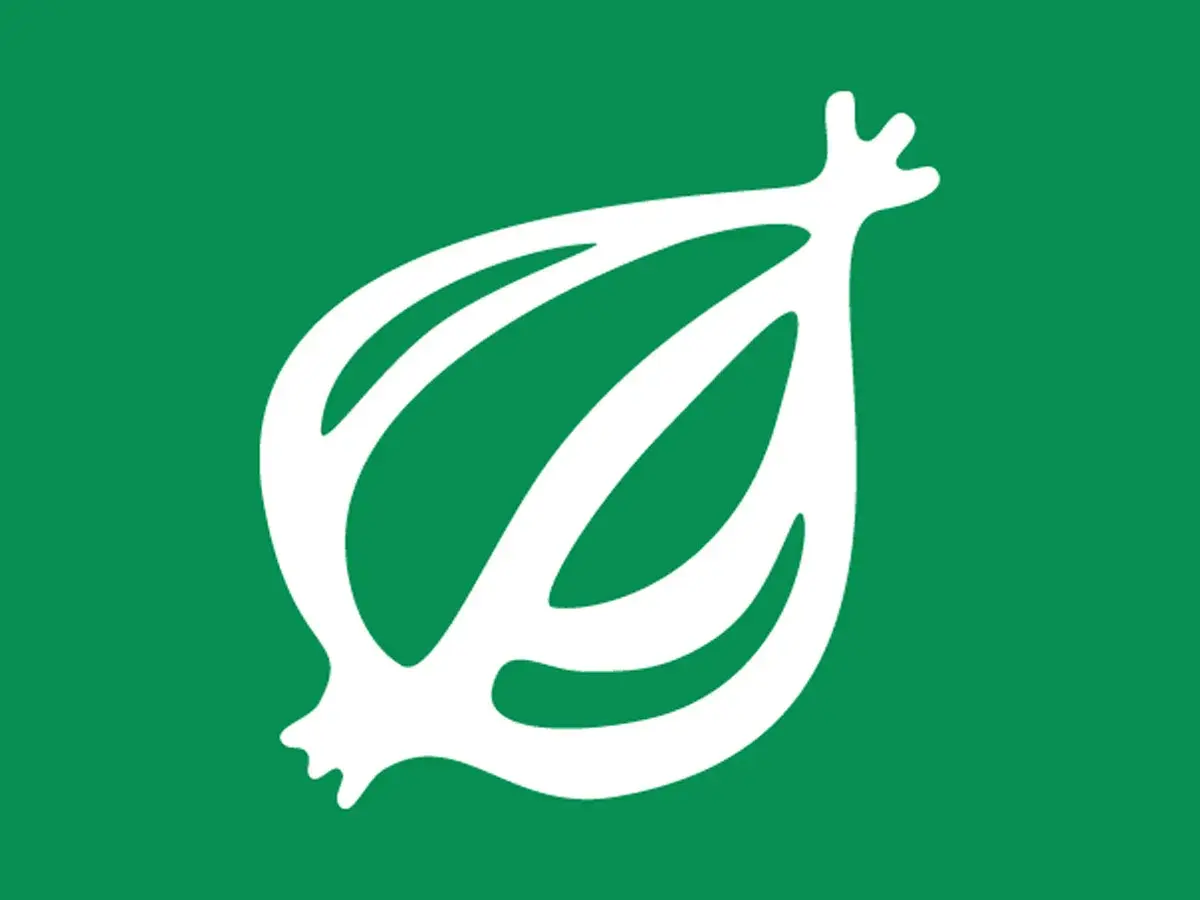

An interesting customer base might be small communal organisations. At our local scouts troop I had a discussion with a friend, who is also in IT. His idea (not fleshed out) was to provide small local organizations with a stack of already configured open source software to support the typical needs of such organizations (like a wordpress website, a nextcloud for file storage and common calender, limesurvey for surveys and event registration, mailman3 for mailing lists,…). Depending on the needs you could sell the initial setup process (your personal work in setting up and skill transfer) or ongoing support. Though such organizations normally don’t have much money to give away. So probably its not really worth your time financially (though probably really appreciated in the community).











In germany - I think - blood and plasma donations are most commonly done with the DRK (German Red Cross). I might be wrong, but DRK is not a for profit organization, but “gemeinnützig”. Organizations with that status get controlled by the government for it, so they are non-profit. I think the 25€ are an incentive to come and donate, just as the chocolate and drinks and the small goodies, that you get there. And you only can get the money, if you go to one of the fixed DRK locations. If the DRK comes to somewhere near you (as they often do with churches, town halls, schools and universities) you don’t get any money. I can at least believe, that these two are monetarily similar for the DRK. If you come to them, they don’t need to pay for getting the equipment and people to you. And providing incentives for donating blood is in effect a good thing, as they are working, thus we have more blood to save lifes.
Ofcourse actors later in the chain are probably profit oriented. Though there I would see the discussion disconnected from the donation. It is more about if we want profit oriented actors in healthcare.
And - as always - the US healthcare system seems to do the worst thing possible every time. Sorry, americans, don’t want to bash you, but capitalism…